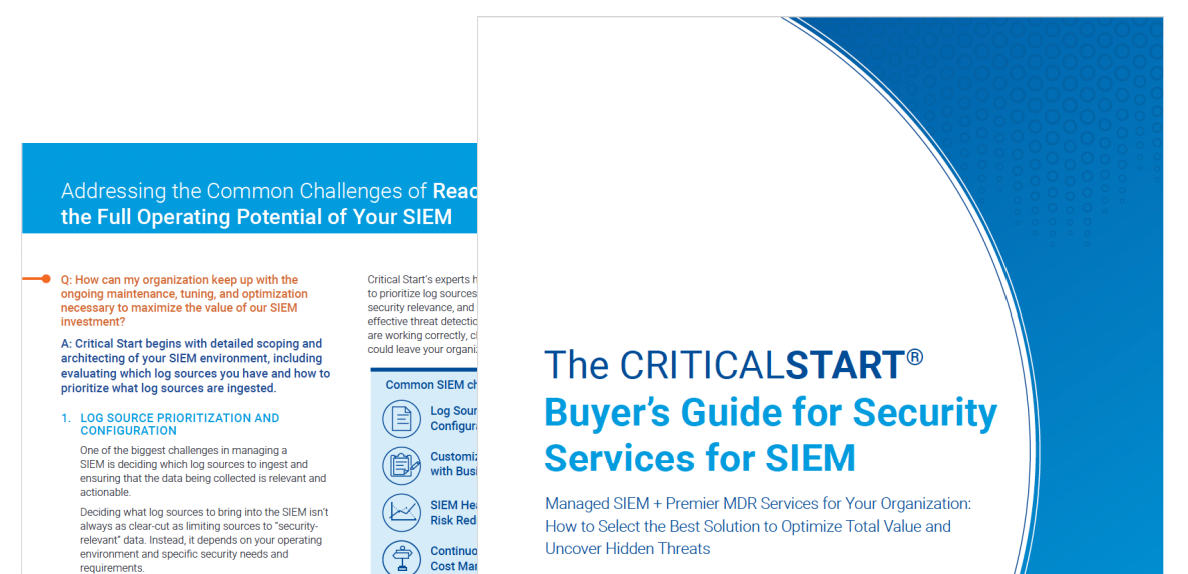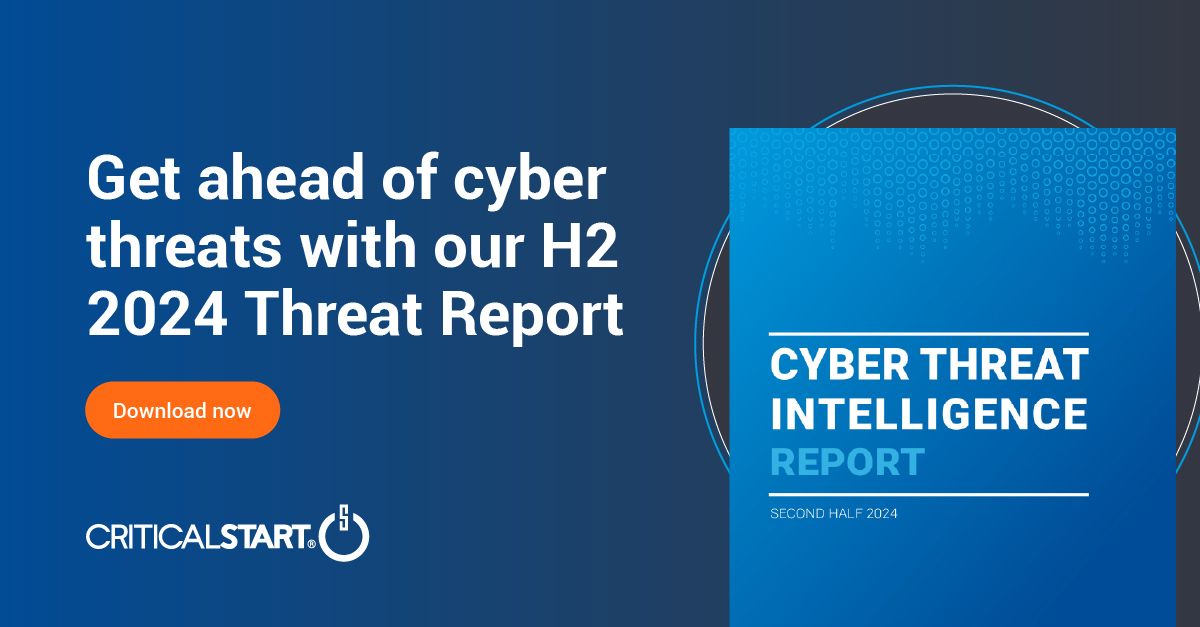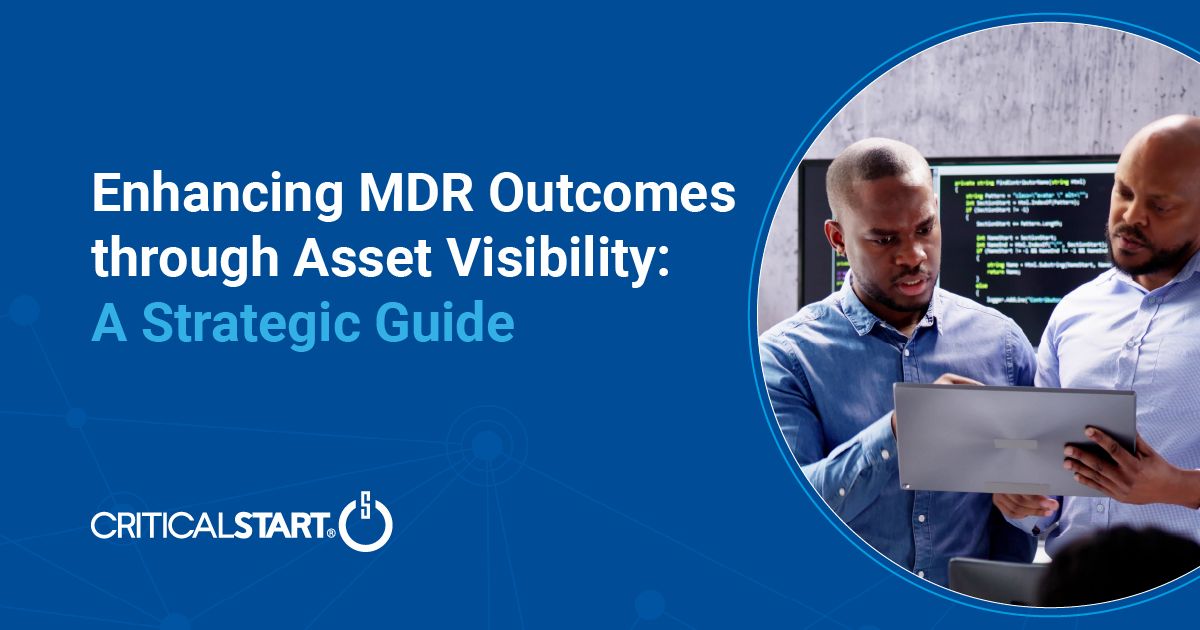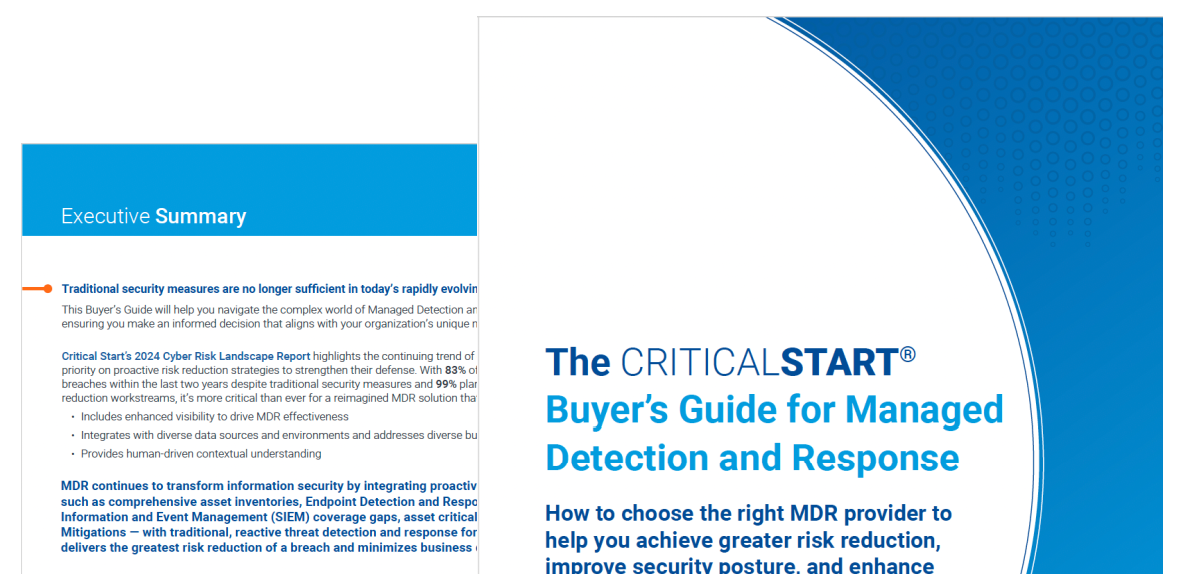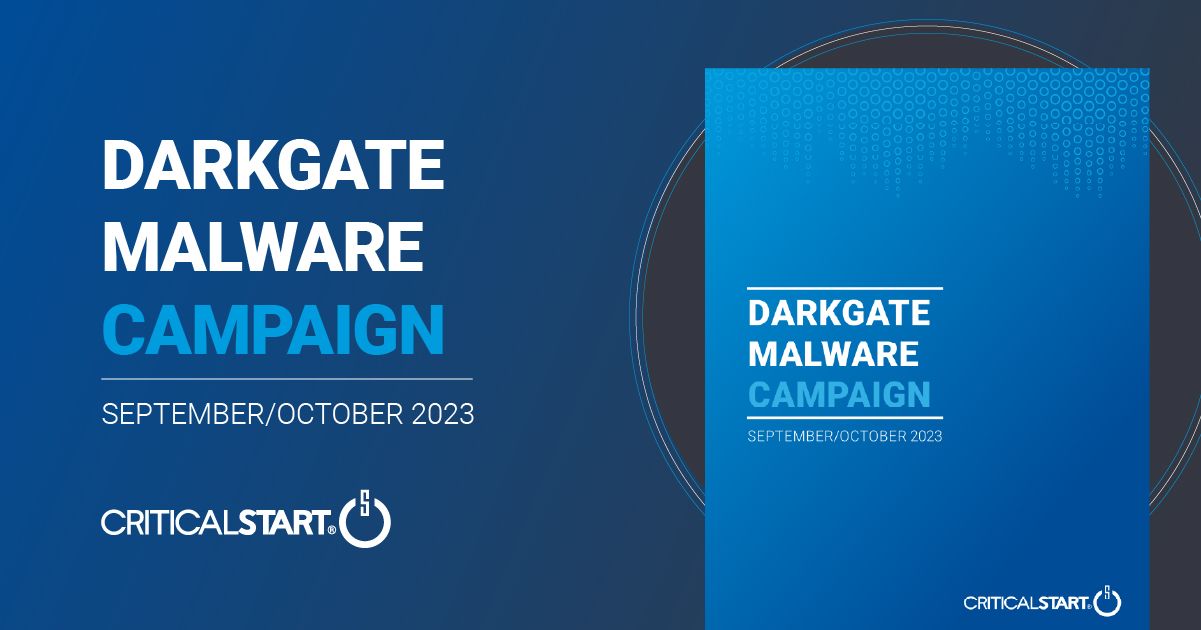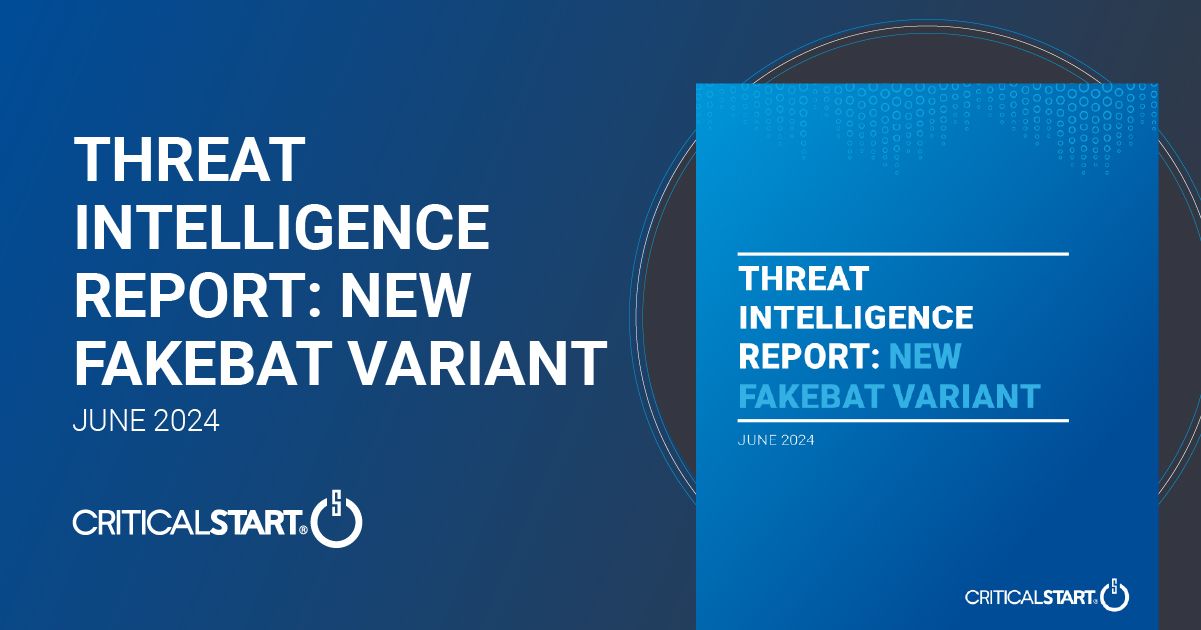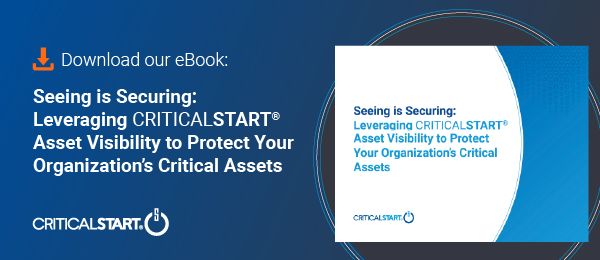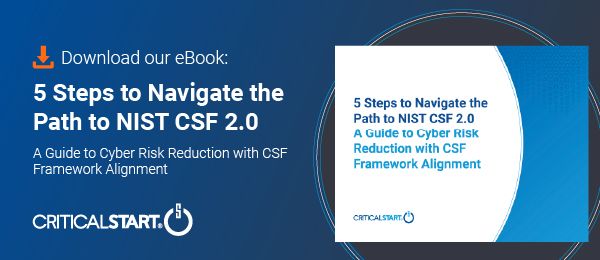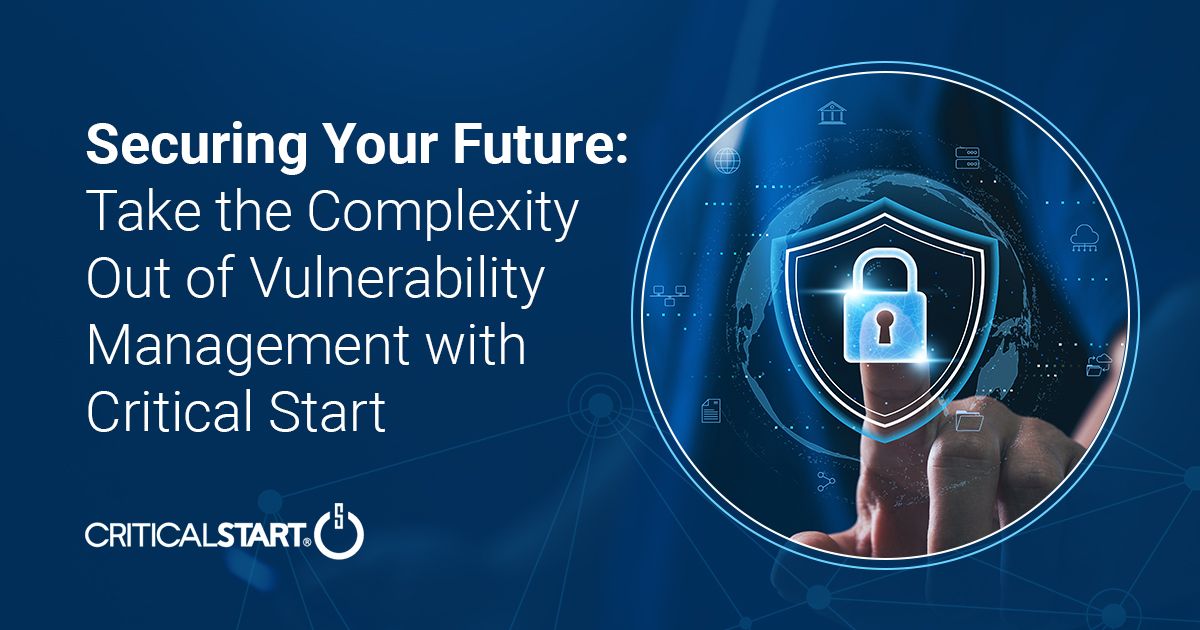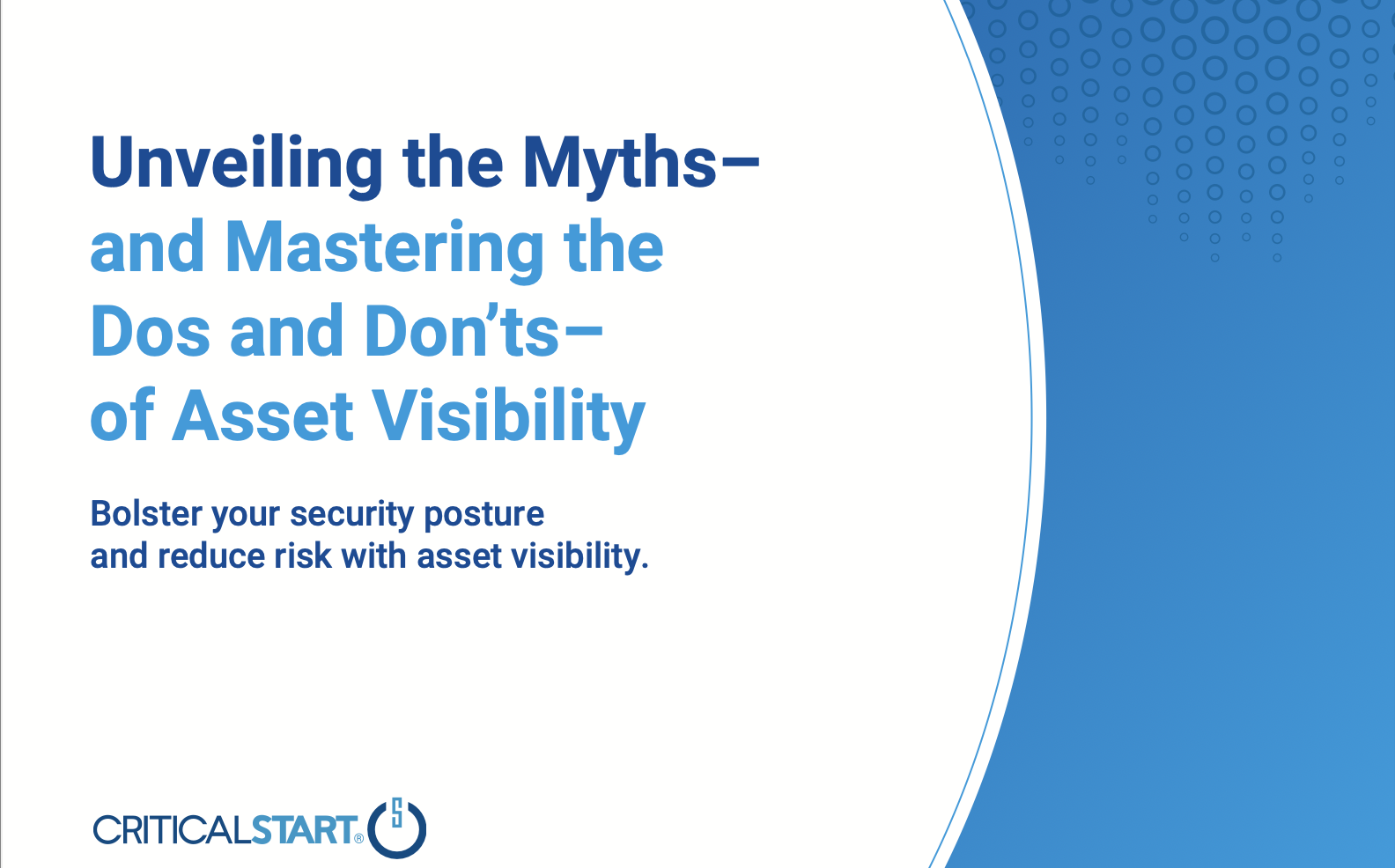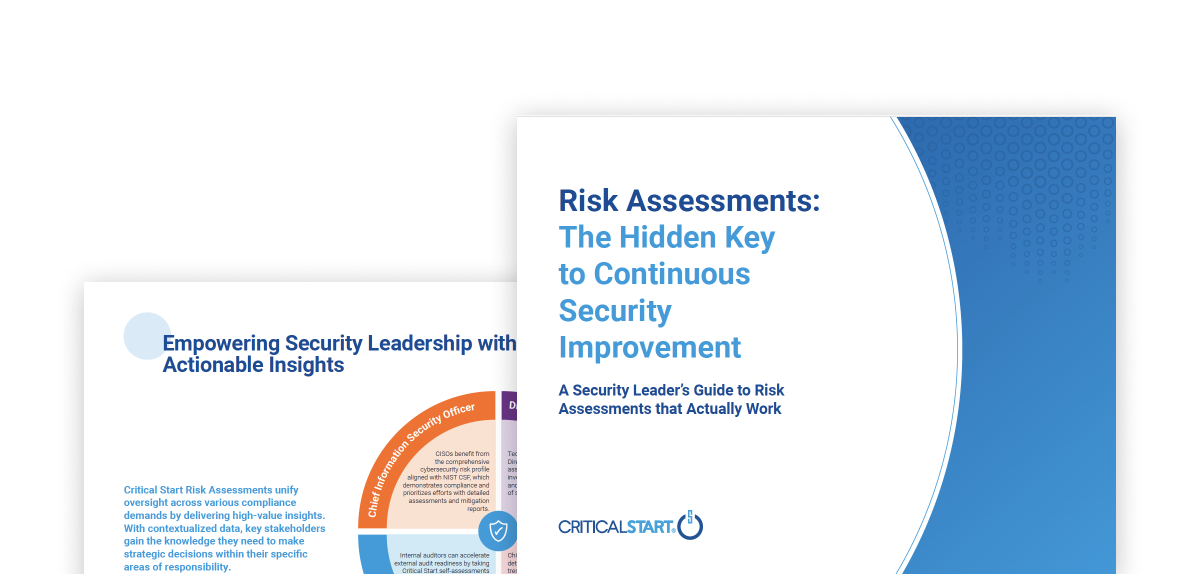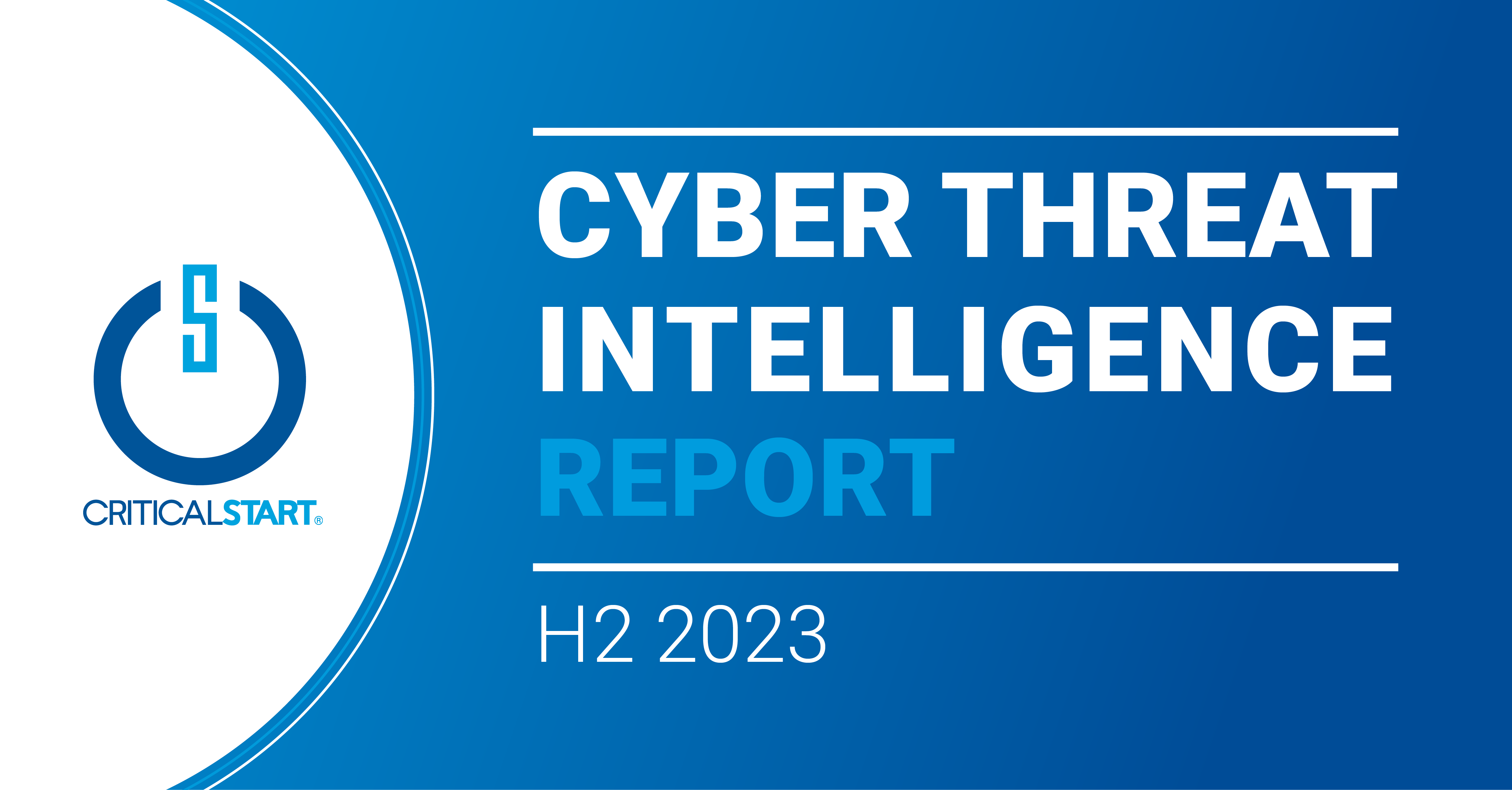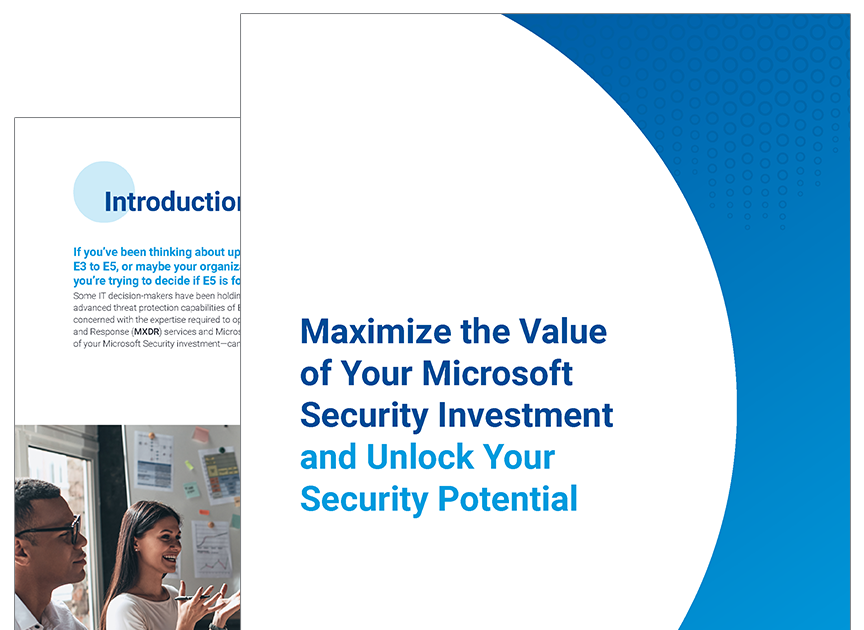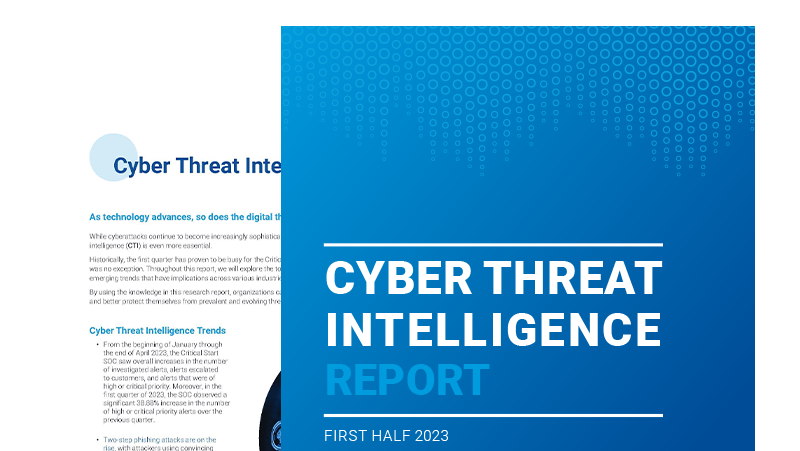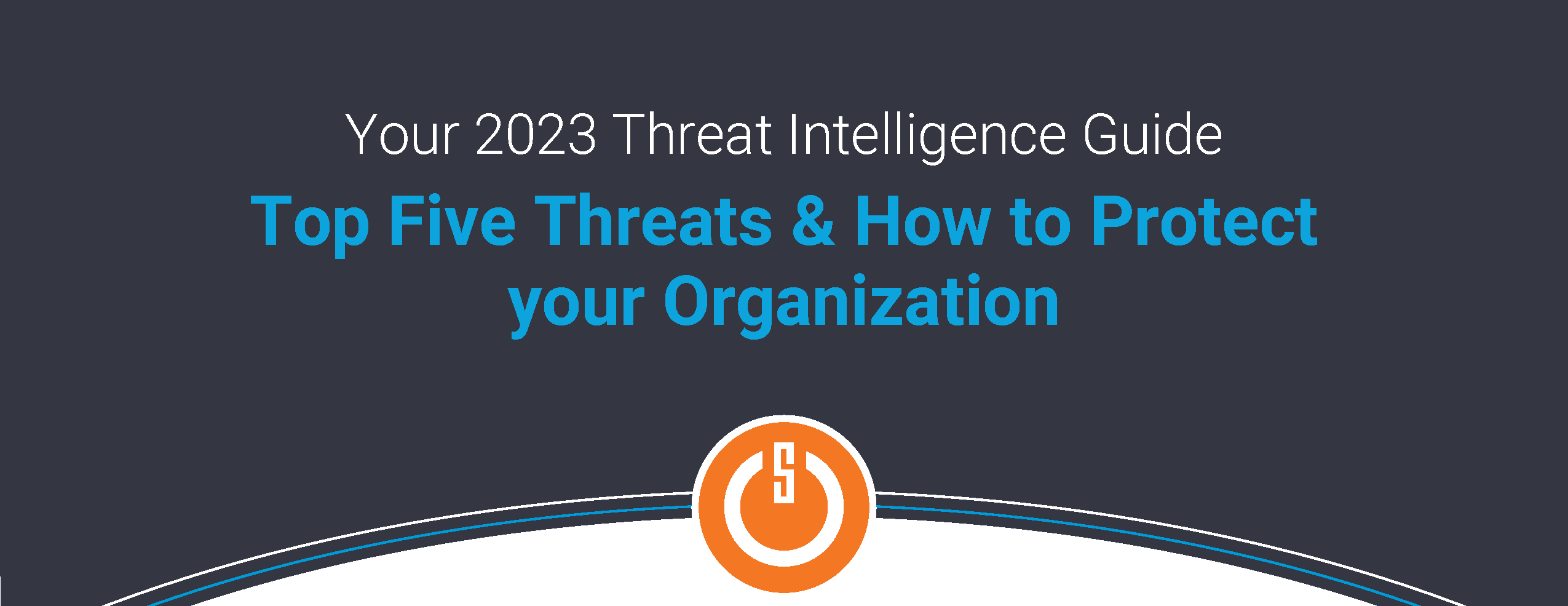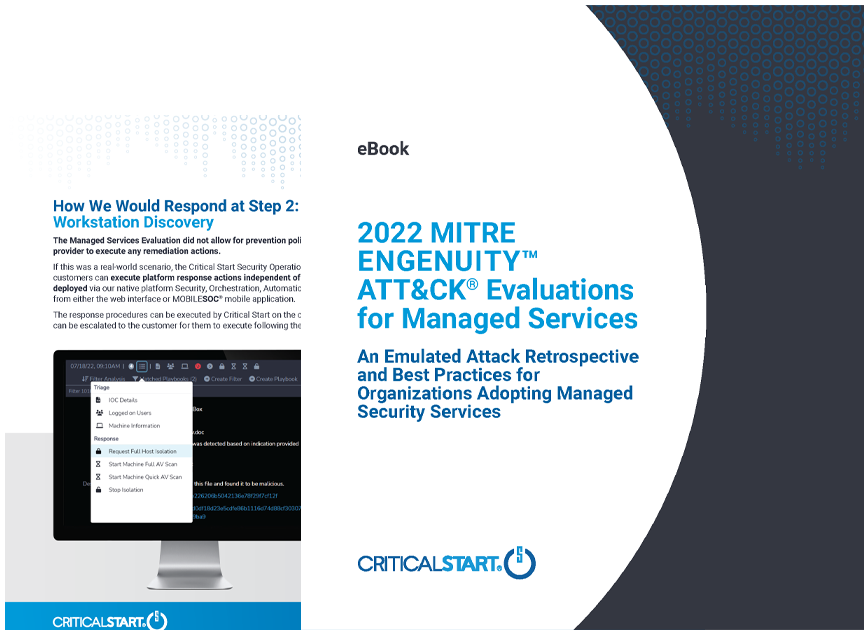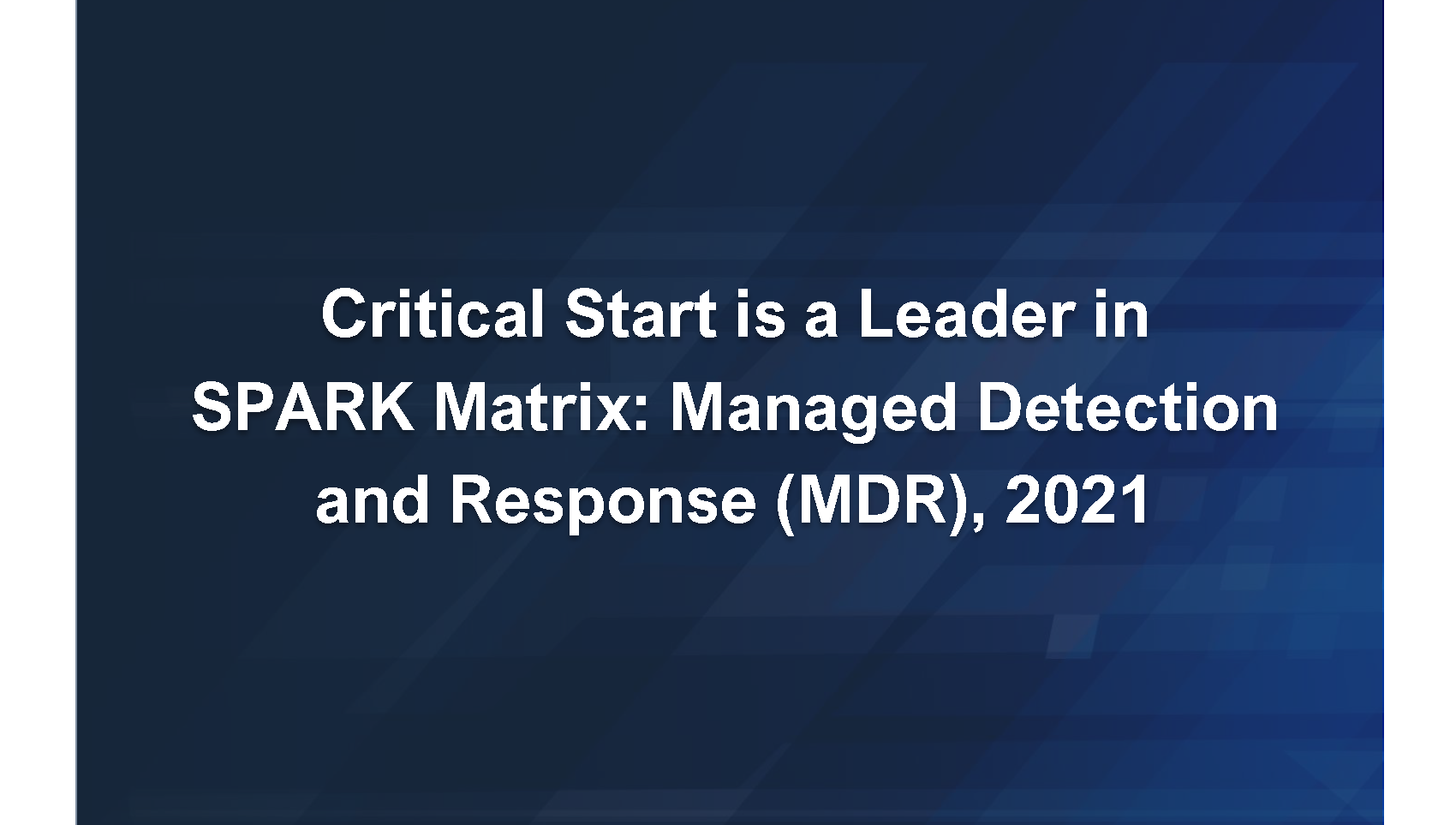Ditch the Black Box: Get Transparent MDR with Critical Start
Tired of MDR providers leaving you in the dark? We totally get it. Our eBook, Unmatched Transparency in MDR: Why Critical Start Stands Out, reveals how to escape the “black box” trap and gain total control over your security. Say goodbye to vague promises and hello to clarity, speed, and expertise.
Key Takeaways:
No More Blind Spots: Discover how SOC Signal Assurance and full asset visibility ensure every threat is caught, unlike competitors’ opaque approaches.
Real SLAs, Real Results: Learn why our 10-minute critical alert notifications and 60-minute MTTR outshine “best effort” nonsense.
Humans Over Bots: See how our U.S.-based SOC team, with 90% retention, delivers nuanced threat detection that automation alone can’t match.
Actionable Insights: Get metrics and risk-ranked recommendations to optimize your security and prove ROI.
Threats don’t wait. Neither should you. Download the eBook now to transform your MDR from chaos to confidence before the next alert hits.
